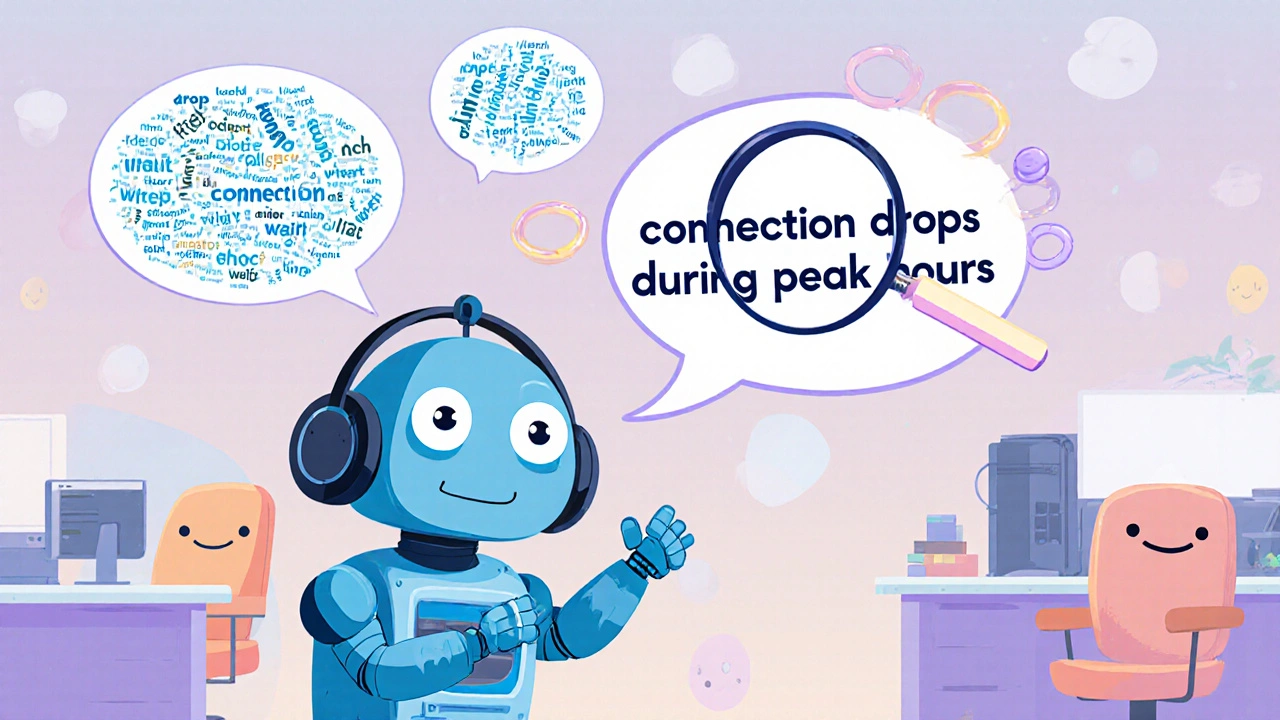Call Transcript Analysis: Turn Conversations into Actionable Insights
When you record a call, you’re not just saving audio—you’re storing a goldmine of customer intent, agent behavior, and operational gaps. Call transcript analysis, the process of converting spoken conversations into text and extracting patterns, insights, and trends. Also known as voice-to-text analytics, it’s what turns random phone calls into measurable improvements in sales, support, and compliance. This isn’t science fiction. It’s happening right now in contact centers using tools that flag frustrated customers, spot training gaps, and even predict churn—all from the words people actually say.
Call transcript analysis doesn’t work alone. It relies on call recording compliance, the legal and technical rules for storing and using recorded calls. Also known as consent-based recording, it ensures you’re not breaking laws like TCPA, HIPAA, or GDPR while analyzing conversations. Without proper consent and secure storage, your analysis tools are useless—or worse, risky. Then there’s call tagging, the practice of labeling calls with categories like "complaint," "upsell," or "resolved" to organize and filter data. Also known as call dispositions, it’s the foundation that makes transcript analysis possible. If every call isn’t tagged consistently, your AI can’t tell the difference between a happy customer and a furious one. And without VoIP call tracking, the ability to link call data to CRM records, agent IDs, and outcomes. Also known as call attribution, it connects the dots between what was said and what happened next. You might know a call was long and loud, but was it because the agent was untrained—or because the product broke?
These pieces fit together. Transcript analysis uses tagging to sort calls, compliance to protect them, and call tracking to measure results. The posts below show you exactly how to set this up without overspending. You’ll see how small businesses use free tools to tag calls, how contact centers avoid fines with smart recording rules, and why some teams see 30% faster resolution just by reading what customers actually say—not guessing. No fluff. No theory. Just real setups, real mistakes, and real results.
